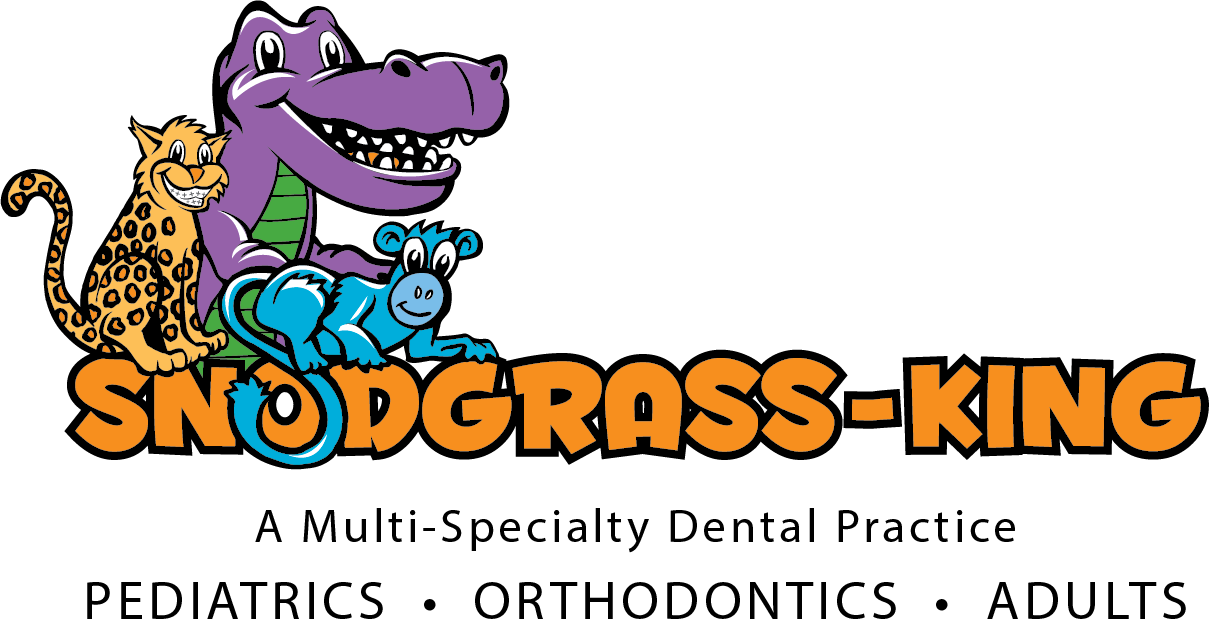THE RIGHT TIME FOR A EVALUATION
Studies now show that there are good reasons for your child to get an orthodontic evaluation much sooner than after they lose their last baby tooth (age 12 to 13). In fact, The American Association of Orthodontists recommends that all children receive an orthodontic evaluation no later than the age of seven.
But why seven? Because by this age, most children’s permanent rear molars have erupted. These teeth are also commonly called the “six-year molars.” With more permanent teeth, orthodontists can best diagnose and plan treatments after an orthodontic evaluation.
But Will an Orthodontic Evaluation Do?
An early evaluation will help you know whether or not traditional orthodontic treatment (braces) will be necessary. The reason for this is that clinical evidence of dental problems like crowding, underbites, overjets, overbites, or crossbites can best be evaluated and treated at this age.
If your child shows signs of developing crooked teeth or other problems, don’t be alarmed! Braces may not yet be necessary. Even if your provider finds a developing problem like crowding teeth, anterior crossbite, or posterior crossbite. Remember that an orthodontic evaluation is simply that, an evaluation.
Remember that the purpose of an evaluation is to identify potential problems and recommend corrective and preventive treatments. When most people think of braces, they think of teenagers wearing traditional orthodontic brackets (braces) and wires. They don’t think of early preventive intervention.
That’s right, we offer preventative orthodontic treatments that don’t include braces.
What To Expect During an Orthodontic Evaluation
During your child’s evaluation, your dentist or orthodontist will thoroughly examine your child’s mouth. They will review your child’s teeth alignment and spacing, as well as jaw structure and gum health. X-rays may be taken to examine the deeper levels of your child’s jaw and unerupted adult teeth.
Furthermore, with a deeper picture of your child’s teeth, your dentist can more accurately predict future problems and how to prevent them.
Advantages of Early Evaluation and Treatment:
There are many advantages to getting an early orthodontics evaluation. Most dental problems are either caused by genetics or habits like thumb sucking that put abnormal pressure on the teeth. These problems usually develop over time and can be hard to identify without training.
With the expertise and equipment available, your orthodontist or dentist can thoroughly examine you or your child’s teeth and jaw structure. They can then predict growth patterns and the development of problems earlier. For example, if your child’s mouth appears to be developing an overjet, your provider will recommend a treatment for overjet prevention.
Now, why is it important
- To move protruding upper front teeth back so they will be less susceptible to traumatic injury, i.e. sports, bats, balls, bikes, boards, etc. etc.
- To improve the relationship between the positions of the upper and lower jaws allowing more normal future growth and development.
- To take maximum advantage of growth by orthopedically correcting skeletal problems, i.e. narrow dental arches, underbites, overbites, etc.
- To eliminate or reduce the need for extractions of permanent teeth so that these teeth can take a more normal eruption path into the mouth.
- To correct harmful oral habits, such as mouth-breathing and finger-sucking.
- To properly guide the growth and development of the jaws preventing abnormal changes to the developing temporomandibular joints.
Additional Resources
- Check out our recent post, An Orthodontic Cleaning Guide: For Parents Who Aren’t Dentists for more information on how you can take great care of your braces.
- Learn more about the importance of early evaluation by reading through our post, Orthodontic Evaluations | Why Parents Should Act Sooner Rather Than Later

